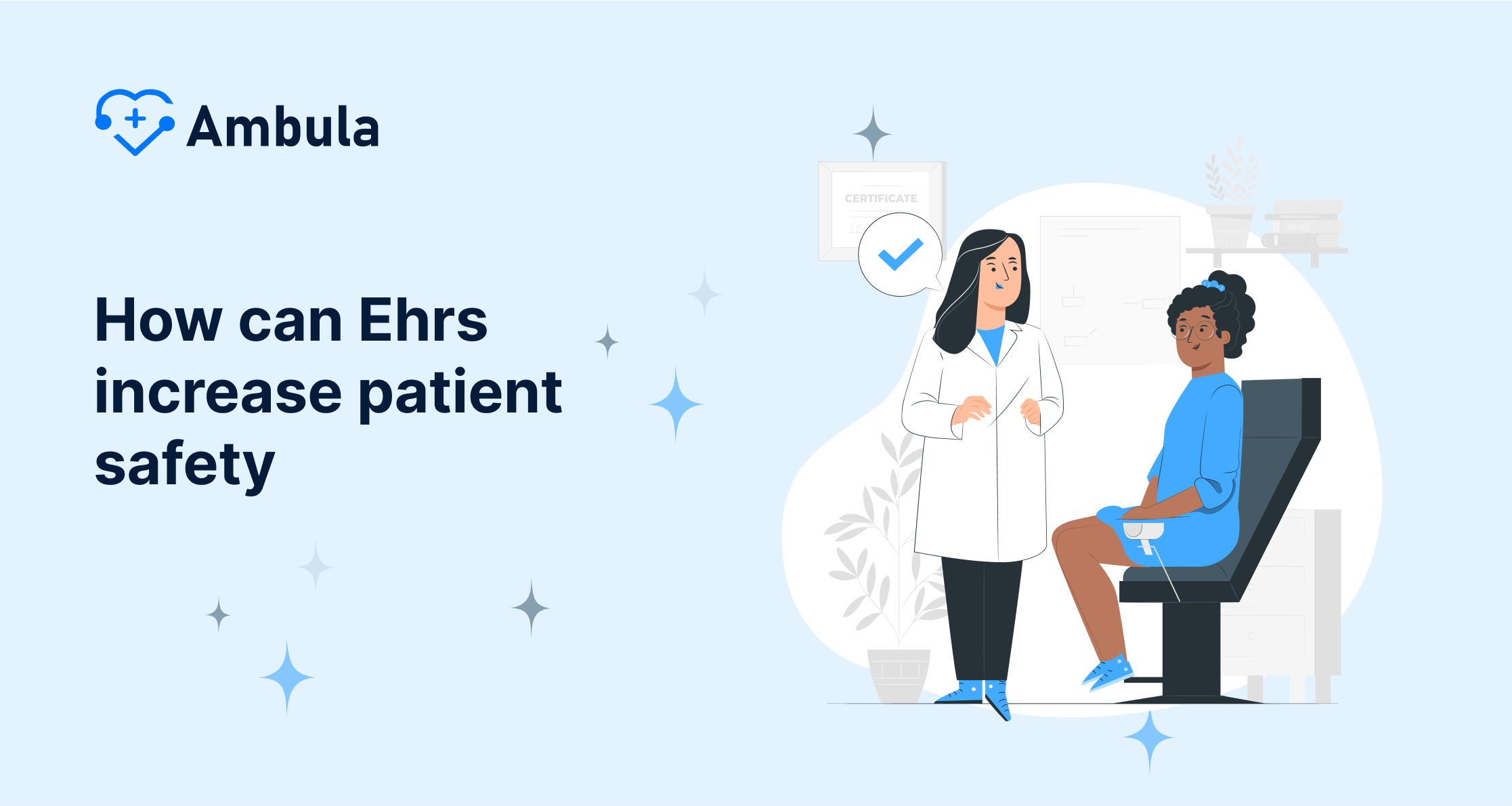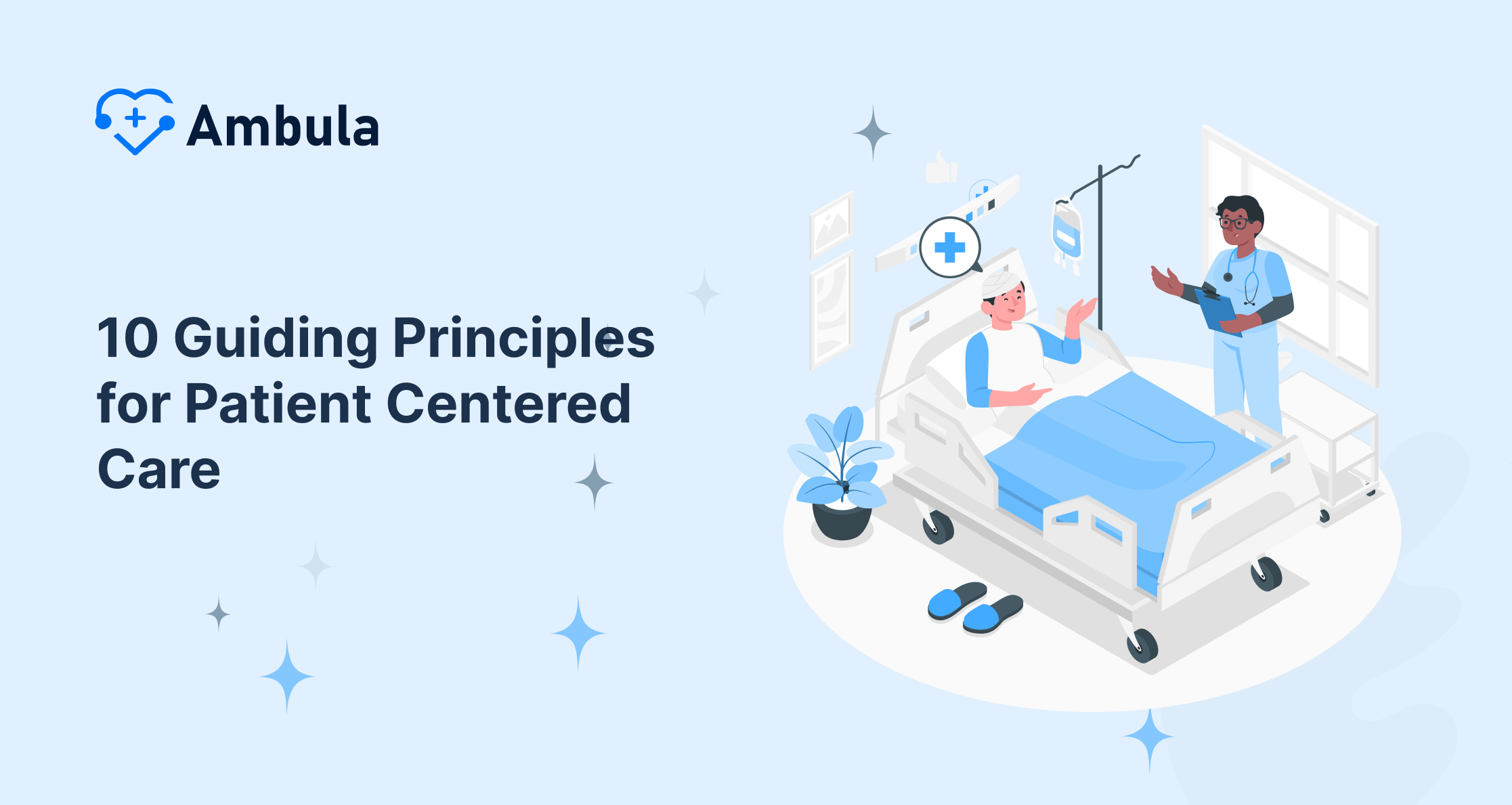Topics
- Why Patient Satisfaction Surveys Matter
- What is the best method to measure patient satisfaction?
- Key Components of an Effective Patient Satisfaction Survey
- Expert Insights
- How to Implement Patient Satisfaction Surveys
- Why is patient satisfaction important
- Enhancing Patient Experience
With the ever-evolving landscape of healthcare, understanding patient satisfaction has never been more crucial. Dive into this guide to discover the importance of patient satisfaction surveys and how they can transform healthcare services.
Patient satisfaction surveys play a pivotal role in enhancing healthcare services. By pinpointing areas of improvement, these surveys offer invaluable insights that can lead to better patient care and overall healthcare experience.
Why Patient Satisfaction Surveys Matter
Let’s cut to the chase: in today’s healthcare landscape, patient satisfaction isn’t just a nice-to-have; it’s a must-have. And here’s why.
First, patient satisfaction surveys are your direct line to understanding what’s working in your practice and what’s not. Think of them as a goldmine of feedback. Every response is a nugget of insight that can help you refine and improve your services.
You might think, “Sure, feedback is great, but is it that crucial?” Absolutely. According to a Harvard Medical School study, practices prioritizing patient feedback had a 10% higher patient retention rate. That’s right, by simply listening and acting on feedback, you can ensure that more patients stick around.
But it’s not just about retention. It’s about reputation. A single negative review can deter potential patients in the age of online reviews and ratings. On the flip side, positive reviews can boost your practice’s credibility. And guess what? Those reviews often stem from how patients feel about the care they receive, which is directly linked to their satisfaction.
Another thing to consider is the financial aspect. A Journal of the American Medical Association report found that practices with higher patient satisfaction scores also had 5-7% higher profitability. So, not only do these surveys help improve patient care, but they also impact your bottom line.
Now, these surveys are invaluable for doctors and healthcare professionals who are always looking for ways to enhance their skills and services. They provide a clear roadmap of areas to focus on. Whether it’s improving wait times, offering more personalized care, or even updating the magazines in the waiting room, every bit of feedback can lead to a better patient experience.
And let’s not forget the bigger picture. At the heart of healthcare is the patient-doctor relationship. It’s a bond built on trust, understanding, and mutual respect. By valuing patient feedback, you’re improving your practice and strengthening that bond. And in an industry where trust is paramount, that’s a game-changer.
What is the best method to measure patient satisfaction?
How and What is the best method to measure patient satisfaction? Good question. Again, listen to what your patients have to say. In our age, everybody is looking for new methods to measure their performance. Quantifying the care you give starts with the following:
- Complaints and feedback: establish a forum where your patient’s level of satisfaction and voices are heard. From a patient feedback box to holding regular meetings.
- Please make use of online ratings: in our digital world, everything happens online. It is also more comfortable for patients to express and read opinions online. Positive online reviews will make patients choose you.
- Patient satisfaction surveys: you can measure the satisfaction yourself for more accuracy. Make sure your design collects the most accurate data. Think of how to deliver the survey, brevity, more open-ended questions, and accessibility. Don’t forget to think through your ways of analysis.
Check out these articles after you’re done
Key Components of an Effective Patient Satisfaction Survey
Alright, let’s dive straight into the nitty-gritty. Crafting a patient satisfaction survey isn’t just about asking a few questions and hoping for the best. It’s an art; like any masterpiece, it requires the right elements. So, what are these key components?
- Precision in Questions: Start with clear, concise questions. Ambiguity is your enemy here. You want actionable feedback, right? So, ensure every question is direct and to the point. For instance, instead of asking, “How was your visit?” opt for “How long did you wait before seeing the doctor?”
- Range of Response Options: A simple ‘yes’ or ‘no’ might not cut it. Offer a range, like a Likert scale. This gives patients the flexibility to express their feelings more accurately. “Was the staff friendly?” – from “Extremely friendly” to “Not friendly at all” gives you a clearer picture.
- Open-ended Queries: While scales and multiple-choice questions are great, don’t forget to sprinkle in some open-ended ones. They’re the gateway to deeper insights. “What’s one thing we could improve?” can unearth gems you hadn’t even considered.
- Brevity is Key: Time is precious, especially in today’s fast-paced world. Keep your survey short and sweet. According to SurveyMonkey, the optimal survey length is 5 minutes or less. That’s your sweet spot.
- Ensure Anonymity: Patients need to feel safe to be honest. Assure them that their feedback is anonymous. A study from the Patient Experience Journal highlighted that anonymity can increase response rates by up to 15%.
- Logical Flow: Structure matters. Start with general questions and then move to specifics. It’s like warming up before a workout. You’re easing the patient into the survey, making the process smoother.
- Accessibility: In today’s digital age, ensure your survey is mobile-friendly. A report from Pew Research Center showed that 81% of Americans own smartphones. That’s a massive chunk of your audience right there.
- Action on Feedback: This might sound like a no-brainer, but it’s worth mentioning. Once you’ve got that feedback, act on it. And let your patients know you’re making changes based on their input. It builds trust and shows you value their opinions.
There you have it. The blueprint to crafting a patient satisfaction survey that not only gathers feedback but does it effectively. Remember, it’s not about quantity but the quality of insights you gather. And with these components in place, you’re well on your way to achieving just that.
Expert Insights
When you’re in the thick of things, managing a healthcare practice, it’s easy to overlook the nuances. But sometimes, a fresh perspective can illuminate areas you might have missed. So, let’s tap into the minds of some industry experts and see what they have to say about patient satisfaction surveys.
Dr. Lucas Grant, Healthcare Analyst: “Patient satisfaction surveys are more than just feedback tools. They’re a reflection of your practice’s health. A positive trend in feedback often correlates with improved patient outcomes. A study from the Healthcare Management Review found that hospitals with higher patient satisfaction scores witnessed a 12% reduction in readmission rates.”
Prof. Emily Torres, Medical Sociologist: “Understanding patient feedback isn’t just about improving services; it’s about building community. Patients who feel heard are more likely to engage, trust, and even advocate for your practice. It’s a ripple effect. One positive experience can influence countless others.”
Mr. Rajiv Mehta, HealthTech Entrepreneur: “In today’s digital age, data is king. And patient feedback? That’s gold. Harnessing this data effectively can lead to not just improved patient care, but also operational efficiencies. Leveraging AI and machine learning on patient feedback can help predict trends, allowing practices to be proactive rather than reactive.”
Dr. Nina Kapoor, Clinical Psychologist: “The psychological impact of feeling valued cannot be understated. When patients feel their feedback is taken seriously, it fosters a sense of belonging and trust. This emotional connection can be a significant factor in patient retention.”
Ms. Aisha Lin, Patient Rights Advocate: “Transparency is the need of the hour. Sharing positive and negative feedback with the larger community showcases a practice’s commitment to growth and improvement. It’s a bold move, but in an era where authenticity is valued, it’s a step in the right direction.”
There you have it. A mosaic of perspectives, each highlighting a different facet of patient satisfaction surveys. While the tools, techniques, and technologies might evolve, the core remains the same: understanding, valuing, and acting on patient feedback. And as these experts have pointed out, the benefits of doing so are manifold.
How to Implement Patient Satisfaction Surveys: A Step-by-Step Guide for Healthcare Pros
Alright, let’s get down to brass tacks. You’re convinced of the importance of patient satisfaction surveys, but how do you roll them out effectively? Here’s a roadmap to get you started:
- Define Your Objectives: Before you draft a single question, pinpoint what you aim to achieve. Are you looking to improve wait times, gauge the effectiveness of new treatments, or get a pulse on overall patient sentiment? Having clear goals will shape the direction of your survey.
- Craft Relevant Questions: Quality over quantity, always. Focus on questions that align with your objectives. For instance, if you’re keen on understanding facility cleanliness, a question like “Were the restrooms clean during your visit?” is more impactful than a generic “How was your visit?”
- Choose the Right Medium: Paper or digital? In-person or via email? The medium can influence response rates. A study from the Journal of Medical Internet Research found that digital surveys, especially mobile-optimized ones, had a 20% higher response rate compared to traditional methods.
- Ensure Anonymity: Let’s face it; patients are more likely to be candid if they know their responses can’t be traced back to them. Assure them of this. Anonymity can be the difference between generic feedback and genuine insights.
- Pilot Test: Before going all out, test your survey on a small group. This can help you identify ambiguous questions or technical glitches, ensuring a smooth final rollout.
- Analyze and Act: Once the responses start pouring in, it’s crunch time. Use analytics tools to identify trends. Are a majority of patients unhappy with the billing process? That’s a red flag you need to address.
- Keep the Feedback Loop Open: Post-analysis, share the findings with your team. But don’t stop there. Let your patients know you’re taking steps based on their feedback. It could be through a newsletter update or a poster in the waiting room. Transparency fosters trust.
- Rinse and Repeat: The healthcare landscape and patient expectations are evolving. Regularly update your survey to reflect new services, treatments, or facilities. It keeps the feedback relevant and actionable.
There you go—a blueprint to implement patient satisfaction surveys that can truly make a difference. Remember, the goal isn’t just to gather feedback but to act on it, ensuring your healthcare practice is always in tune with patient needs.
Why is patient satisfaction important
Still wondering why patient satisfaction is important? The doctor’s performance is evaluated subjectively and objectively. Everybody is racing towards good delivery and feedback. If you want to rank high, patient satisfaction must be a priority to you.
This will improve your facility and set high-performance scores. Nowadays, patients’ expectations are getting higher and higher. You can become the go-to person when it comes to medical care if you offer a good experience. To sum up, a good experience is systematic, fast, meaningful, and valid.
Finally, Patient satisfaction surveys will make sure you edit and adjust the following:
- Your facility’s cleanliness
- The staff performance and accommodation
- The way you deal with every case
- The information you provide at every stage, etc.
Enhancing Patient Experience: Practical Steps for Today’s Healthcare Professionals
Diving right in, enhancing patient experience isn’t just about top-notch medical care. It’s the little things, the nuances, that can make a world of difference. So, how can you elevate the experience for your patients? Let’s explore.
- Streamlined Communication: Patients value clarity. Whether it’s explaining a diagnosis, discussing treatment options, or simply guiding them through a billing process, clear communication is key. A study from the British Medical Journal highlighted that effective communication can reduce patient anxiety by up to 35%.
- Embrace Technology: From online appointment bookings to virtual consultations, technology can be a game-changer. According to HealthTech Magazine, 67% of patients are likelier to choose a healthcare provider offering digital tools. It’s about convenience and accessibility.
- Personalized Care: Every patient is unique, and so should their care. Tailoring treatment plans to individual needs improves outcomes and fosters a sense of value. It tells patients, “You’re not just another number.”
- Foster a Welcoming Environment: The ambiance of your facility matters. Soft lighting, comfortable seating, and even background music can transform a clinical setting into a welcoming space. It’s about creating an environment where patients feel at ease.
- Continuous Learning: Stay updated with the latest in medical research and techniques. Attend workshops, webinars, and conferences. The more you know, the better care you can provide. And patients notice. A well-informed doctor instills confidence.
- Feedback is Gold: Actively seek feedback and, more importantly, act on it. If a patient suggests better signage in your facility or highlights long wait times, address it. It shows you’re listening and committed to improvement.
- Empathy in Action: At the end of the day, healthcare is about human connection. Simple gestures like asking about a patient’s day or remembering a previous conversation can go a long way. It’s these moments of genuine empathy that truly enhance the patient experience.
In a nutshell, enhancing patient experience is a blend of technical expertise and genuine human connection. It’s about making patients feel valued at every step, from the moment they walk into the moment they leave. And with these practical steps, you’re well on your way to achieving just that.
Conclusion
Finally, the survey sample displayed contains all the requirements of a good patient satisfaction survey. This includes clarity, brevity, nuances in choices of answers, and precise inquiries.
Patient satisfaction surveys are more than just tools; they’re catalysts for change in the healthcare industry. By understanding and valuing patient feedback, healthcare providers can offer unparalleled care, ensuring patients feel heard, valued, and cared for.
Share your experiences with patient satisfaction surveys in the comments below!





